5. Faust (Germany, F. W. Murnau, 1926)
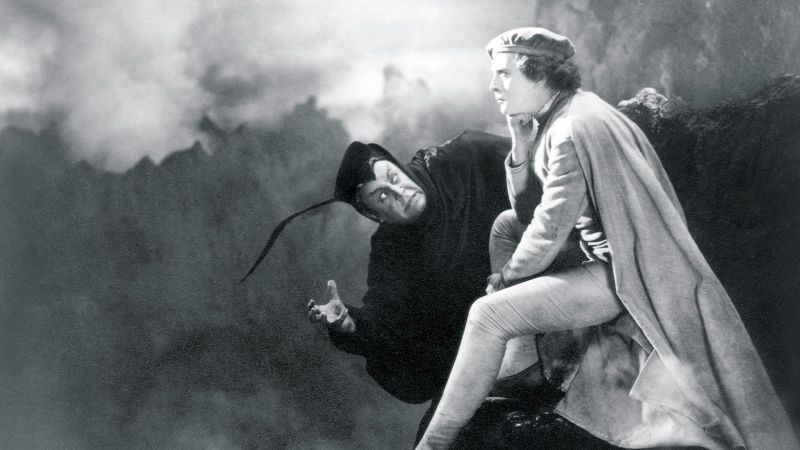
This film seems like an obligated inclusion on this list since it is based on Goethe’s classic Faust. While F. W. Murnau is commonly linked with expressionism, his filmography shows inspiration from different sources. Having been raised in a German tradition, Murnau surely learned from plenty of philosophical schools of thought and artistic movements. One of them, we can accurately say, is Romanticism.
Murnau takes some liberties when adapting Goethe’s version of the traditional German tale. Nevertheless, the principal subjects are still there. In many ways, Romanticism was a response to the Rationalism that had been prevailing since Descartes. Goethe (probably the pinnacle of German Romanticism) reflected this line of thought. Murnau knew that Faust is a story about how reasoning is not the only thing that governs in the world.
Faust is a sage, but even with all his knowledge, he is unable to save his town from the plague. After betting with the archangel that he could corrupt a righteous man, the devil seduces Faust into making a pact. Long story short, this leads to Gretchen (the girl Faust falls in love with) to be sentenced to death by burning. Faust throws himself into the fire with her, and both die. The archangel wins the bet, arguing that love prevailed, after all. The film emphasizes how passion and feeling sometimes can overcome reasoning.
However, the relation between Murnau’s film and Romanticism is not limited to this. Murnau studied Art History in Heidelberg, and his films are evidence of his passion for painting. Every shot in this film is meticulously built like a painting; the camera was his brush, and the movie set his canvas. By looking closely at some of the shots in his films, we can intuit that one of his favorite painters was Caspar David Friedrich.
Various landscapes we see in Nosferatu have aesthetic likeness with Friedrich’s work. Paintings like The Abbey in the Oakwood, The Monk by the Sea, and Moonrise over the Sea even have direct parallelisms with some of the shots in the film. Faust is no different from Nosferatu in this matter. Notably, the shot where Faust goes into the woods to summon Mephisto takes inspiration from Two Men Contemplating the Moon.
4. On the Silver Globe (Poland, Andrzej Żuławski, 1988)
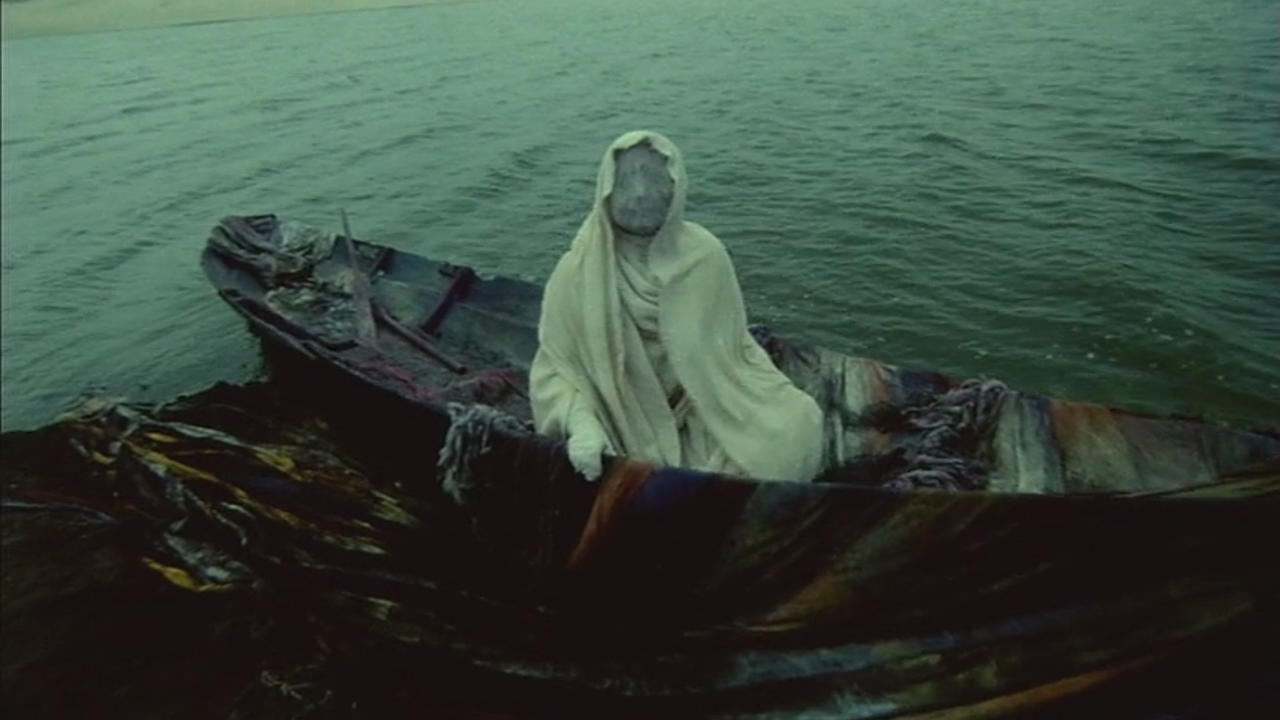
The censorship that this film suffered during its filming, which prevented Żuławski from finishing it, is well known. Although at the time of release, the picture did not have the promotion it deserved, fortunately, it has received much praise in recent years by film buffs and critics. In general terms, the story follows the course of the lives of some astronauts after they crashed on a planet very similar to the earth. Everything that happens in their lives is documented on video, from the moment they arrive until the development of a new civilization. The videos, stored in a strange artifact, would be found by a tribe, which would take the videos to two men. Thus, begins the film.
For the most part, it is difficult to determine what the film is about because it seems to be about nothing and about everything. The polish filmmaker was trying to make a testimony, a statement about the society he belonged to. But not only that, he was attempting to understand why humans are the way they are. Art can make us comprehend the most fundamentals aspects that define us as individuals because instead of qualifying us with descriptive attributes, it reveals the deepest of our spirits. Żuławski knew this, that is why, for this picture, he embodied the Romantic ideal of the Sturm und Drang artist.
Just like the early German Romantic artists, Żuławski makes art predominately guided by his spirit and passion, not by his reason. The film, based on a novel by Jerzy Żuławski, is composed as prose, and the dialogue is delivered like poetry. The beautiful cinematography, the costume design, the shots, everything in this film extravagant, inventive, wild: pure Romantic spirit. To find the truth in our creative freedom is the purpose of Romanticism. It is hard to find a film so daring as this one.
We mentioned the most crucial creative influence we can see in the film, but the dialogue hints conceptual influence from Romanticism as well: problems about consciousness, about how humanity is destined to repeat itself and more, but that would require a bigger space than a list.
3. Stalker (USSR, Andrei Tarkovsky, 1979)
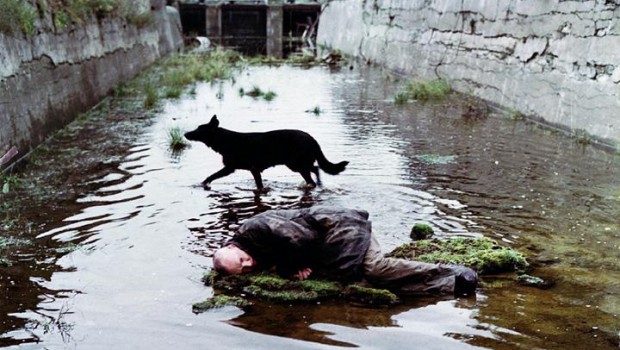
What can we say about this film that had not been said before? It is an almost impossible task to choose the greatest Tarkovsky film, but we may say that Stalker is his most famous. From its beautiful cinematography to the complex ideas presented in it, the film has drawn a lot of attention from critics and academics; so, it’s evident that exists a lot of literature and interpretations of the film. Having in mind that Tarkovsky was an auteur whose work reflects a vast philosophical background, we cannot claim that his 1979 magnum opus is a solely ‘Romantic’ film (similar scenario with all the films on the list, actually). A lot of poetic and philosophical ideas are working through the entire film.
The film starts with a monochromatic sequence. We are introduced to the Stalker, who serves as a cicerone to the Writer and the Professor. As the main characters immerse in the Zone, the film transitions to color, indicating how we transcend to a different realm of the real. The whole film is a dialectic relation between men and nature. The Writer and the Professor portray two different dimensions of our civilization, and the Zone is what we do and have done with nature.
The Professor represents the opposite position to the Romantics. He encompasses the vices of a somehow domineering science. His desire is not to find what he wishes in the Room but to take advantage of the Zone and ultimately destroy it. This excessive scientism is what leads to the rupture of the originative inseparable unity of humankind and the Absolute. The Writer, on the other hand, seems to be attracted by the Zone because of purer reasons: to find inspiration.
The Zone allows entrance to all of those who had lost all hope, the Stalker says. This idea was quite recurrent in the Romantic movement, in the form of death. Novalis, for example, thought that the death of a close one as a transforming experience that instead of leaving us in a melancholic state of agony should awake our consciousness of our condition against the Absolute. Each in their own way, the Writer and the Professor are lost, and what the Zone requires of them is to find themselves; the journey to the Room should be spiritual. The Writer and the Professor must abandon themselves to the Zone, only guided by the Stalker.
This is relatively similar to what Novalis called the path of the night: Imagination and dreams tell us about the divine; if they had had faith, they would have found what they desired the most, but the Stalker failed to make them believe. The path through the Zone is a path that contrasts life with death, the finitude of our existence versus the infinite lethargy of dying.
This film has tons of interpretations, and we can analyze it from different angles. Here we only presented one view that fits the purposes of our list.
2. The Tree of Life (United States, Terrence Malick, 2011) and Voyage of Time (United States, Terrence Malick, 2016)
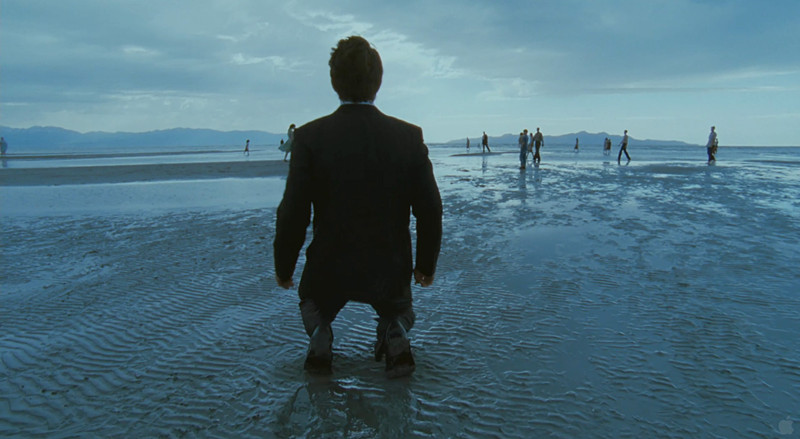
The followers of this website probably were expecting The Tree of Life to appear on this list since it is often included in plenty of philosophical-artistic-abstract related lists. Hence, it is enriching to add Voyage of Time to the list, a project that, on a minor scale, continues digging on Malick’s concerns about existence.
Many critics and websites have named The Tree of Life, one of the best films of the decade, and, as time passes, people will still talk about it. Everyone knows about Malick’s great direction and Lubezki’s spectacular cinematography, but what is it about this film that makes moviegoers draw comparisons with films like 2001: A Space Odyssey? Because like Kubrick, Tarkovsky, Fellini, and many more, Malick recklessly attempts in his film to depict the foundation of life through cinema.
Cinema has a power that transcends the barriers written thought cannot, and that is the power of making the spectator experience ideas itself. What is the purpose of living? How the beginning of the universe is related to who I am? How the cosmos can determine how I act? These are matters that even philosophy struggles to answer, but somehow, for the brief moment when we are watching Malick’s soon-to-be-classic, we get the feeling of unity and integration with everything that is, was, and will be.
Schlegel thought men are free when they produce God, through art, and that is precisely what Malick intended to do. There are two paths in the picture, the path of nature and the path of grace, but ultimately, both are united and complement each other. Schleiermacher argues this in his writings. The authentic religious experience is to feel the infinitude of the universe, which is always linked with our reasoning and our moral freedom. We see this through Jack’s life.
Even more, in both The Tree of Life and in Voyage of Time, Malick explores the idea that the life of individuals is inseparable to the whole cosmos, present in Romantic theology. Both films show us the dawn of our universe because it concerns us in our present. We experience divinity every day we live, not in the afterlife.
1. Being There (United States, Hal Ashby, 1979)
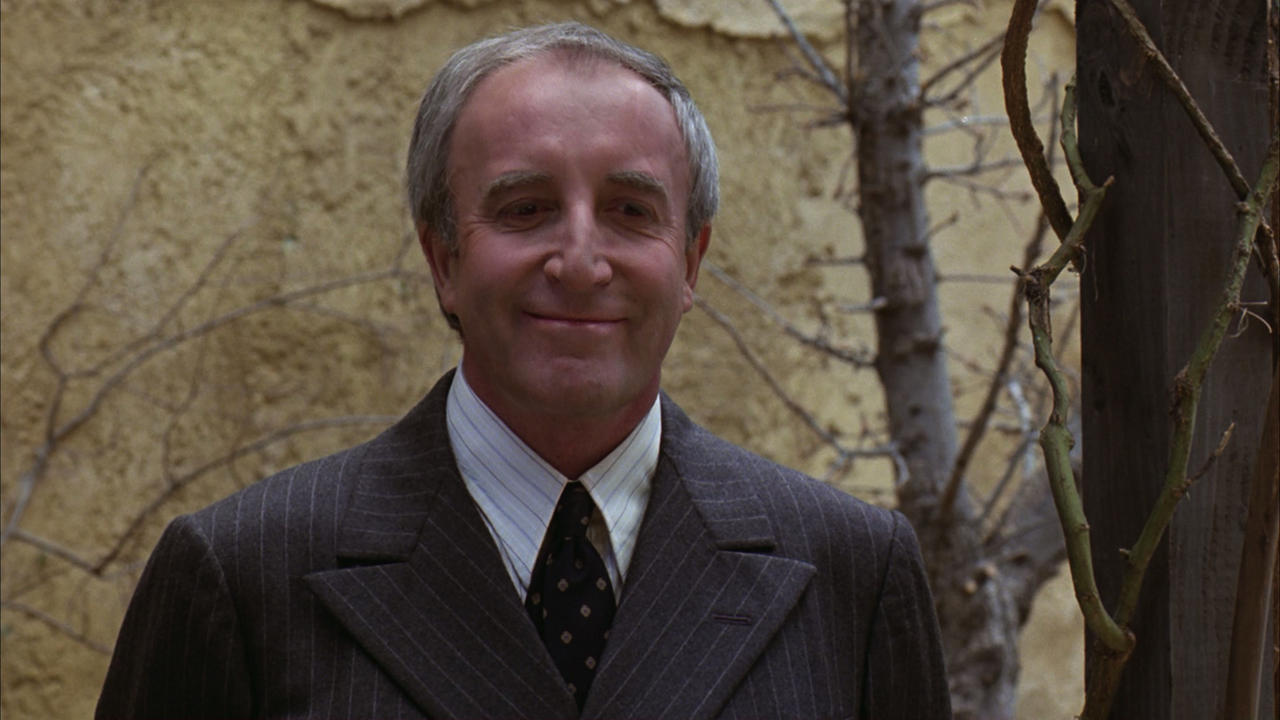
This had to be number one: a must-see comedic drama, with one of the best performances in Peter Sellers’ career. The movie is based on a book of the same name written by Jerzy Kosinski. The script was written by Kosinski himself and masterly shot by Caleb Deschanel. Ashby directed this funny story with the naturality it requires.
The greatest thing about this film is that almost the entire movie feels like an innocent flick. It is funny and sometimes heart-touching. Mr. Chance is quite a relatable character. Everything that happens to him is one mistake after another. Mr. Ben Rand, his wife, and the president seem rather simple people, and so does the story.
It is at the end of the film that we realize how necessary everything that happened in it was. The end hits you, and suddenly everything makes sense. Life is a State of Mind, and then Chauncey walks on water. At that moment, we understand that Mr. Chance was able to do all those things because he never thought he couldn’t do them. He had never recognized any limit because he didn’t feel unlinked from the world. He didn’t try to dominate what surrounded him as the president. He didn’t fear sickness or dying like Mr. Rand did, he just let the things grow, like a gardener would.
One of the most yearned things by Romantic poets, especially Hölderlin in his Hyperion, is the lost childhood. Childhood is when humans are the closest to the Absolute because they haven’t tried to overpower it. True happiness only comes with that primal union that once men and the Absolute had. The spiritual way that Hölderlin proposed to recover that lost union is through the nostalgia of innocence. Chance helps Mr. Rand follow that path so that he can reconcile with Everything.
The last shot is akin to Friedrich’s most famous painting Wanderer above the Sea of Fog, and both express, we dare to say, more or less the same. A man indelibly dissolved in the totality of the cosmos.